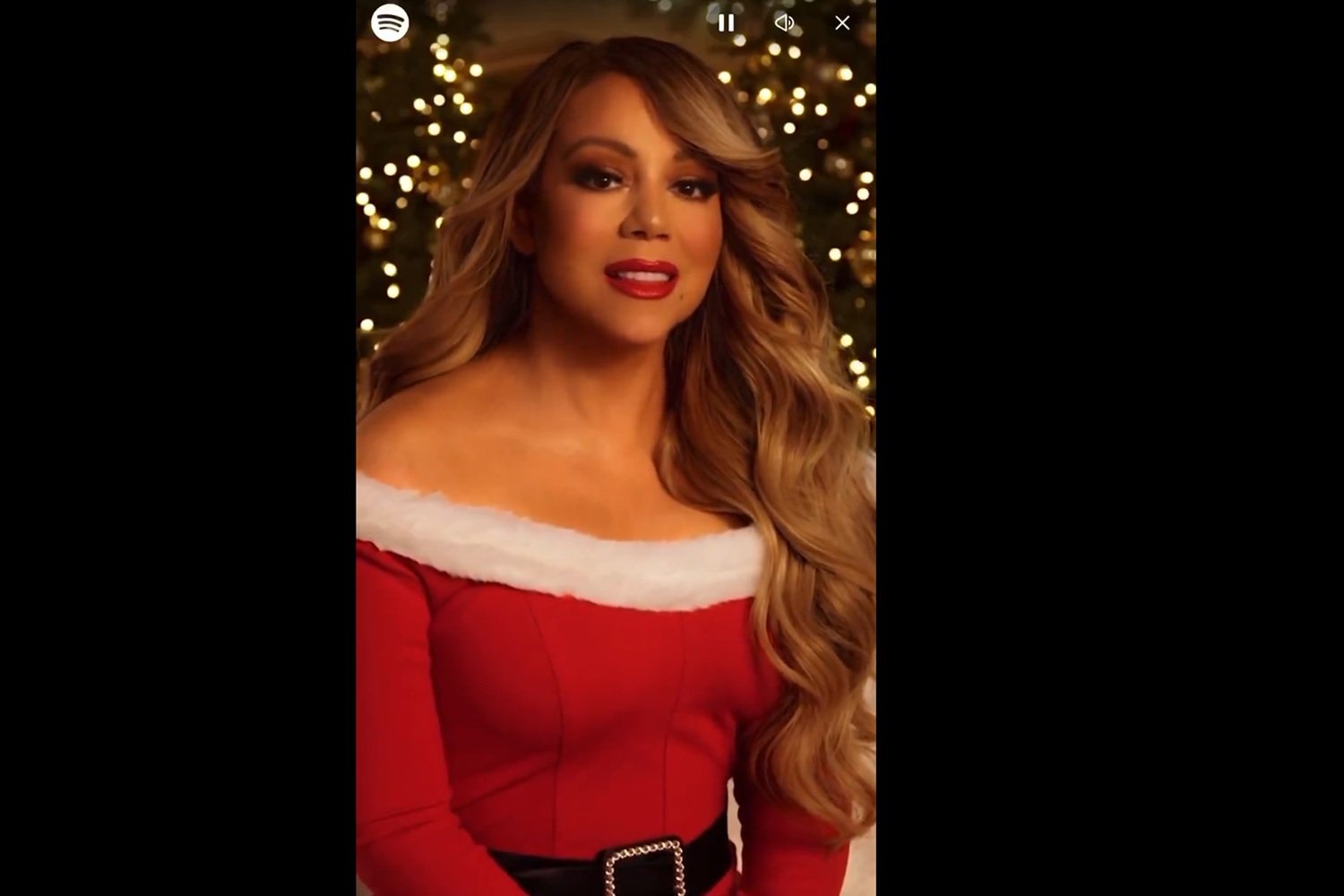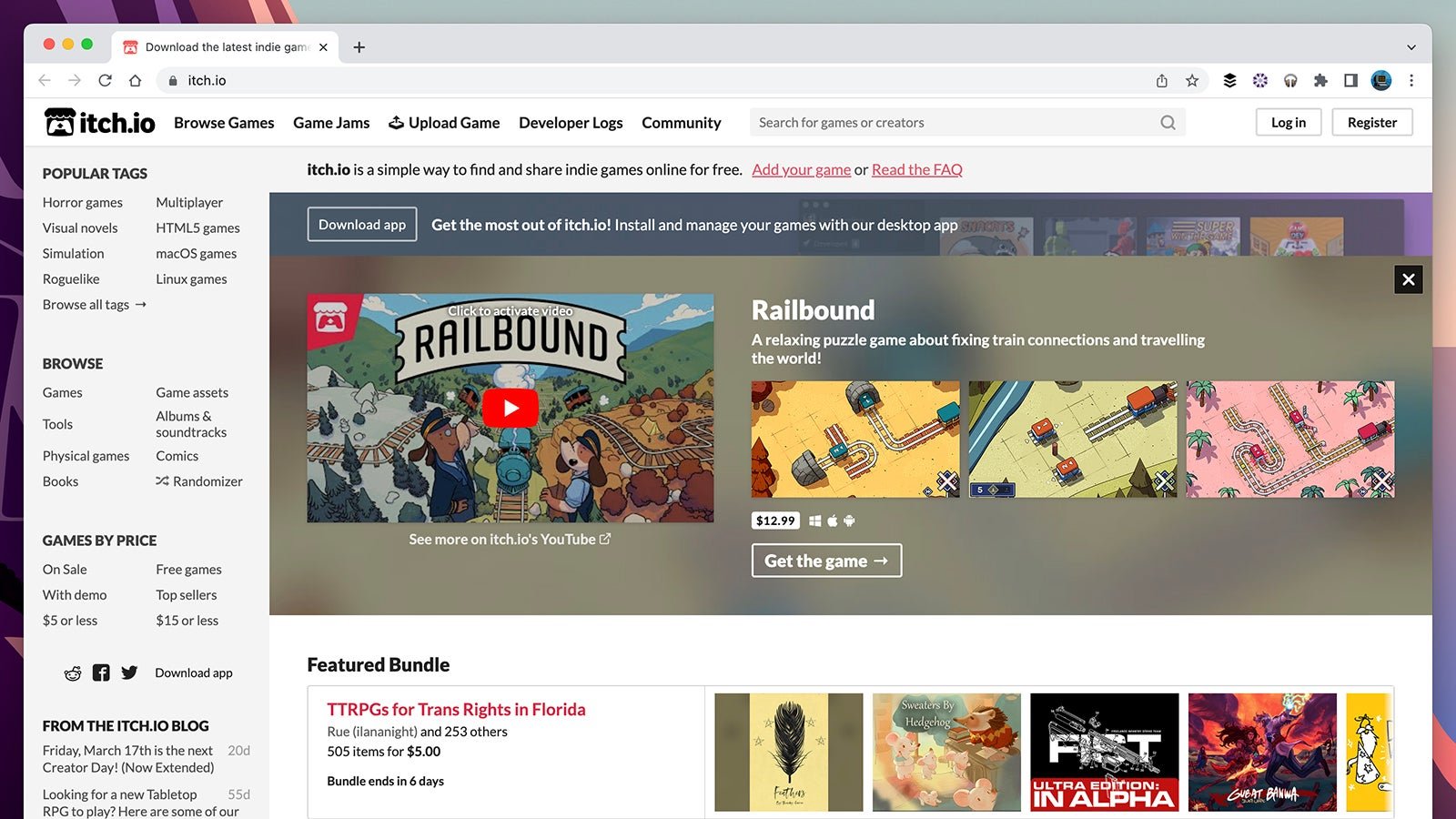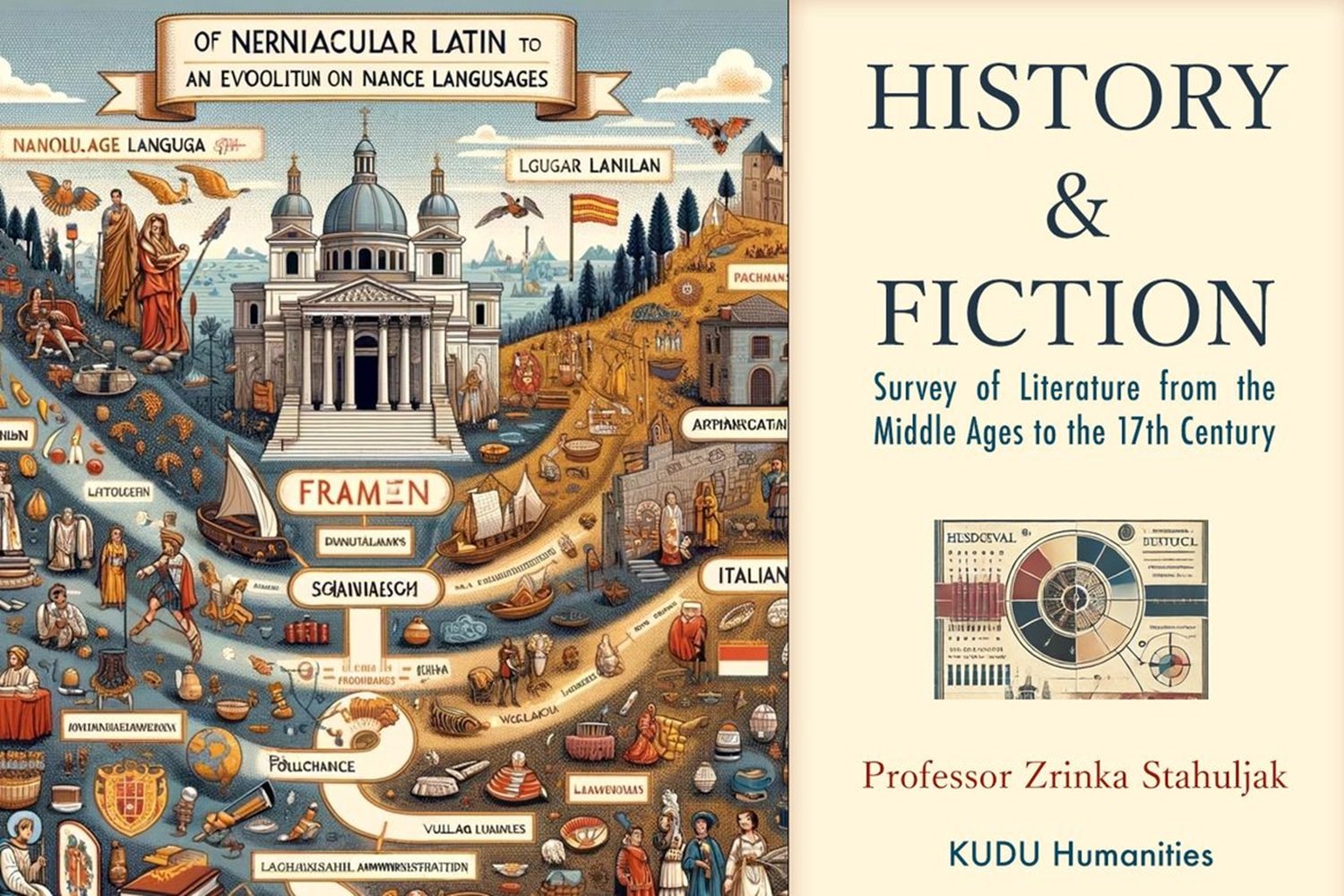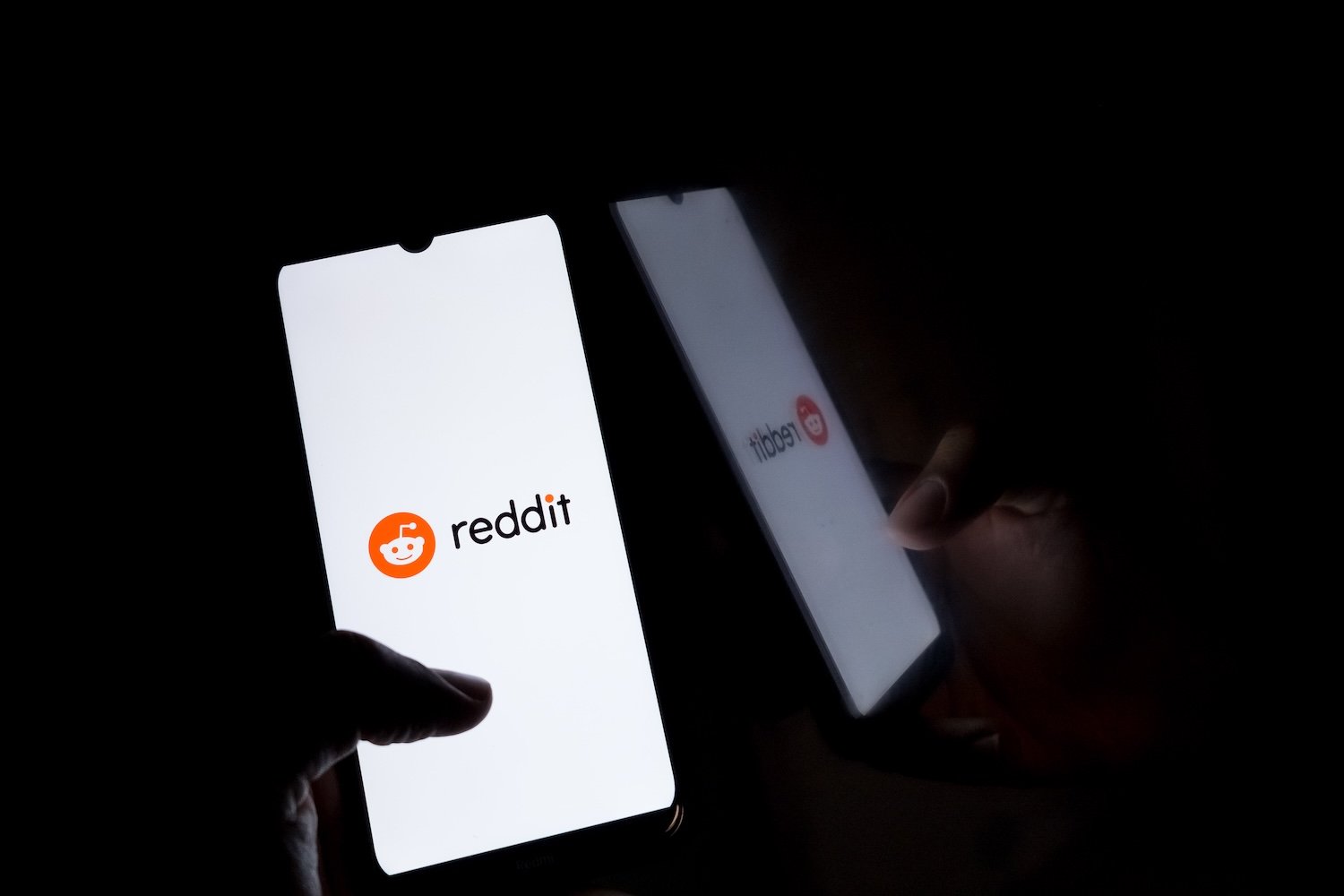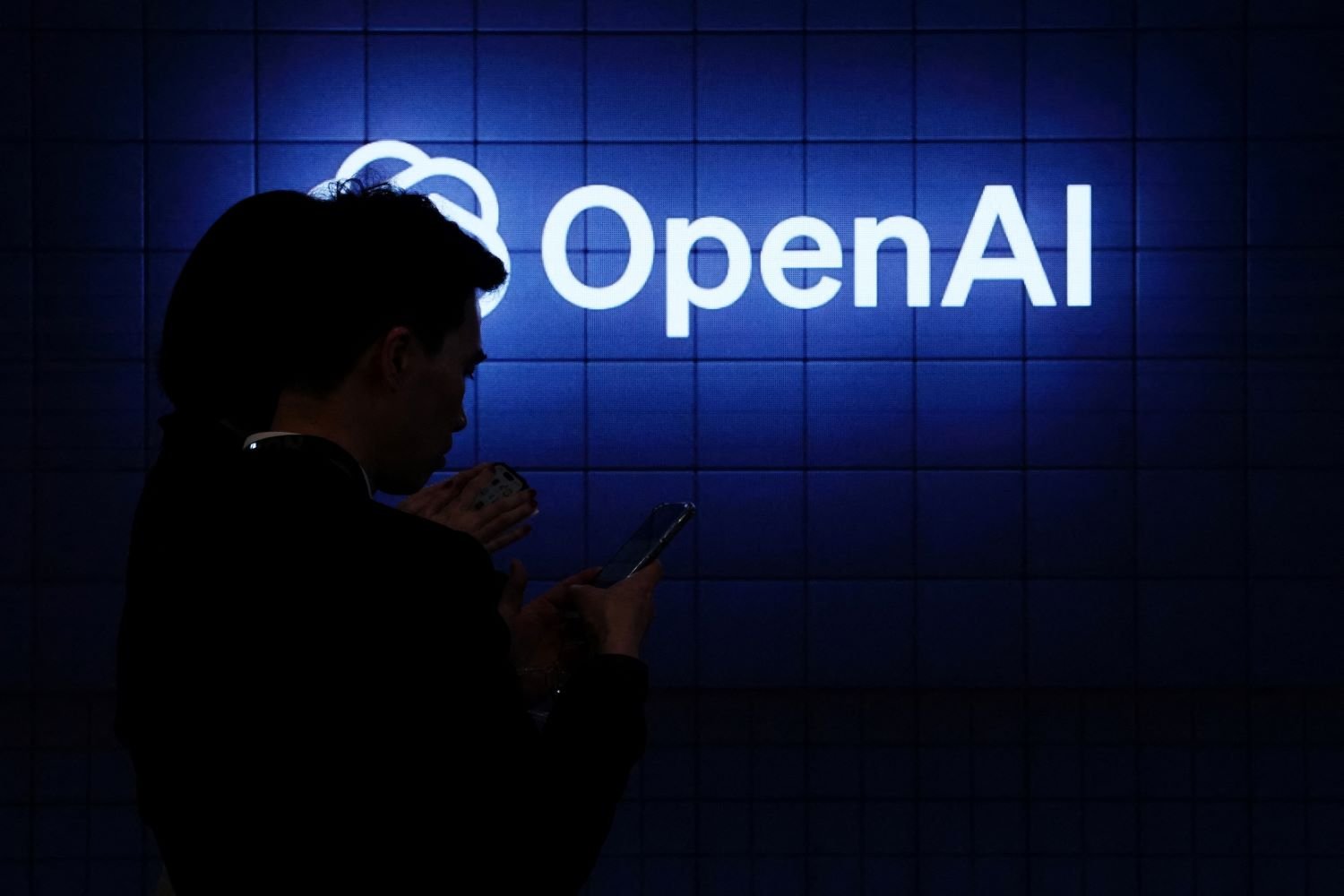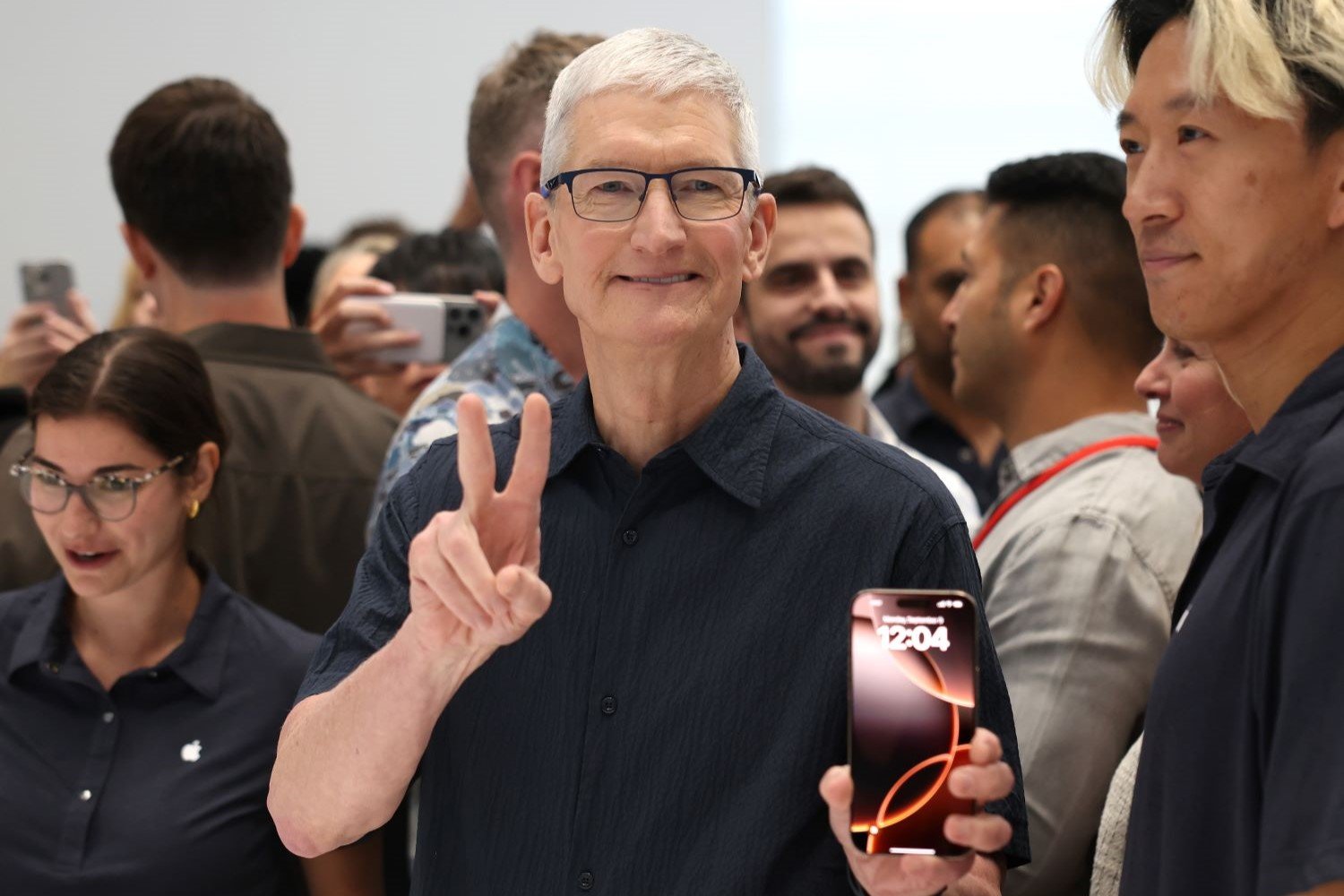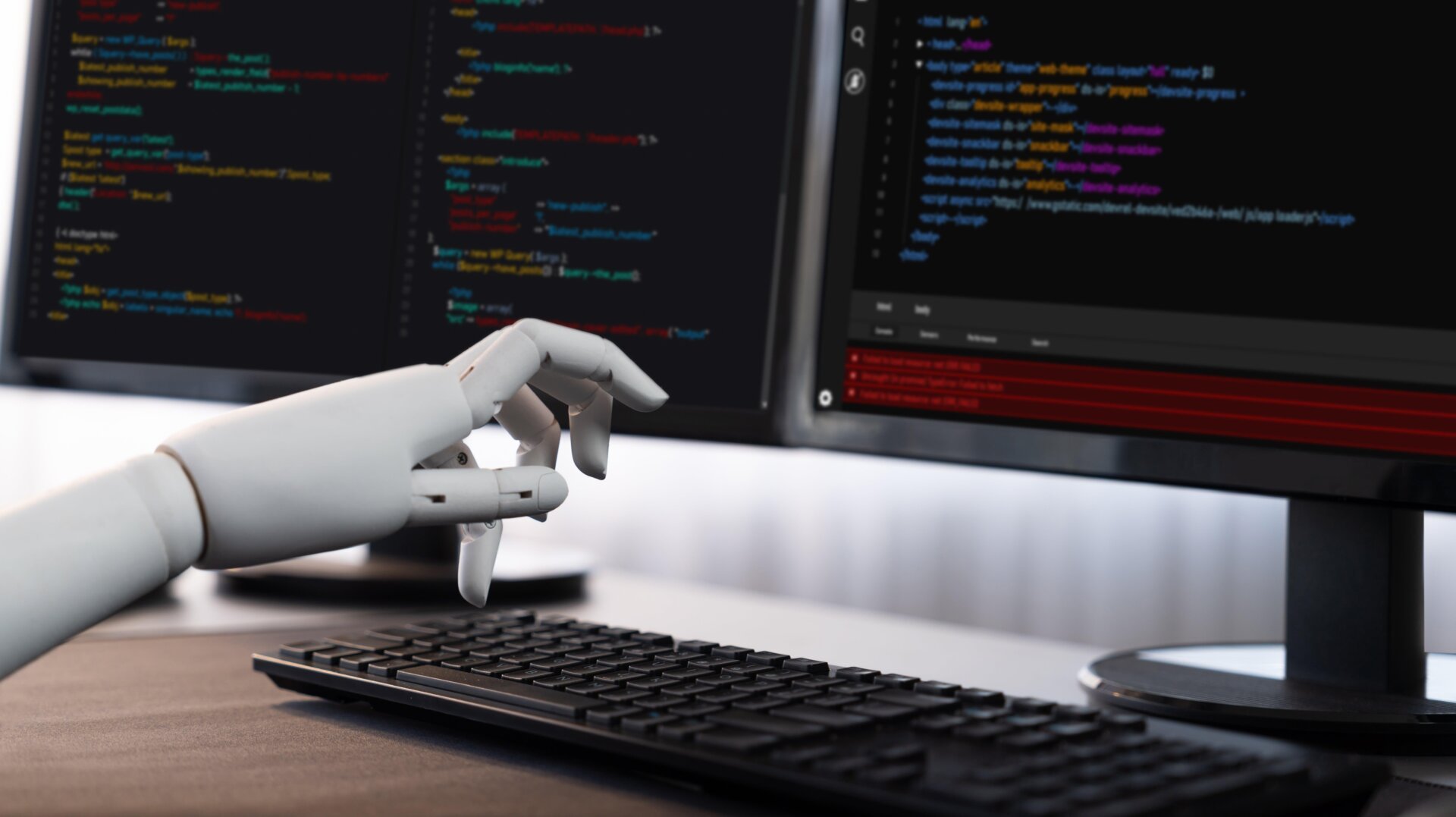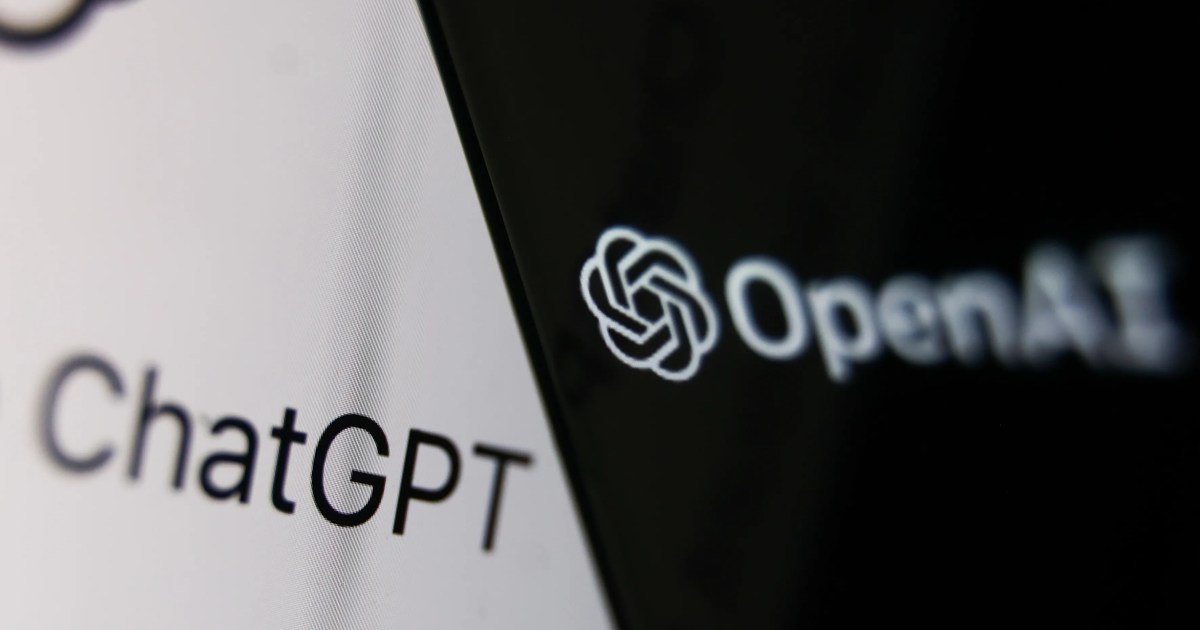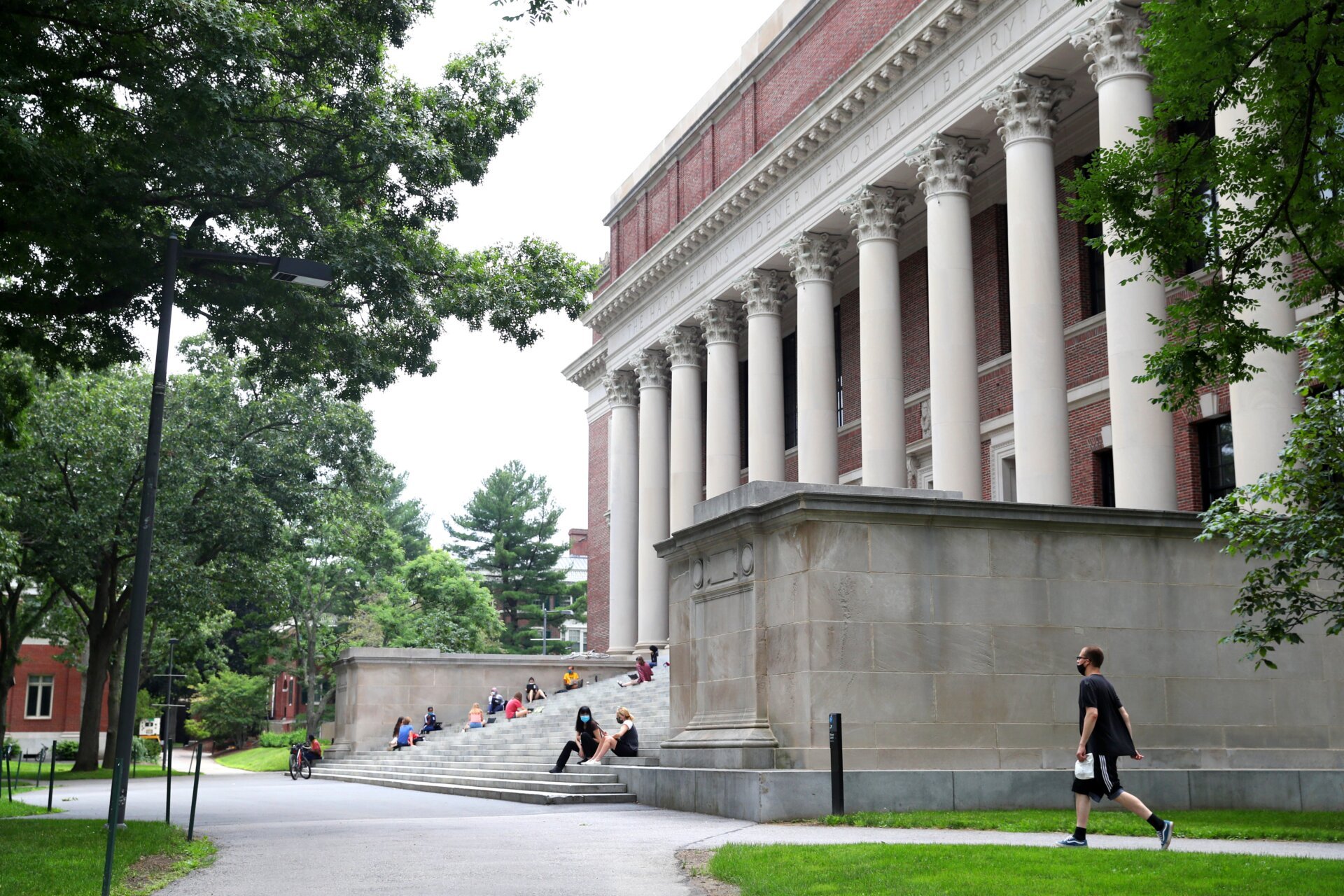Mariah Carey recently reassured fans that a Spotify Wrapped video featuring her wasn’t AI-generated, attributing its unusual appearance to “bad lighting” and “red lipstick.” This incident highlights a growing anxiety surrounding the future of media and the potential for AI to create eternally present digital versions of celebrities. Could this mean we’ll never escape Mariah Carey’s holiday classic, “All I Want For Christmas Is You”?
The video in question, part of Spotify’s annual Wrapped campaign, offered personalized messages from artists to their top listeners. Carey’s message, however, struck many viewers as odd. Her seemingly stiff posture, fixed gaze, and slightly awkward delivery led some to speculate about AI involvement.
Carey quickly addressed the rumors on X (formerly Twitter), dismissing the AI theory and blaming the video’s unusual quality on the lighting and her lipstick choice. Despite her clarification, the incident sparked a broader conversation about the increasing prevalence of AI in entertainment and its potential implications.
The prospect of AI-generated celebrities isn’t entirely far-fetched. The entertainment industry has already experimented with digital resurrection and age manipulation. In 2012, a hologram of Tupac Shakur performed alongside Snoop Dogg at Coachella. More recently, Drake incorporated an AI-generated voice resembling Tupac in a diss track.
Disney has also utilized AI to bring back deceased actors and de-age living ones in Star Wars films. AI recreations of Peter Cushing and a younger Mark Hamill demonstrate the technology’s growing sophistication. Even the voice of Darth Vader, originally performed by the late James Earl Jones, will continue through AI.
The use of AI extends beyond Star Wars. Ian Holm, who passed away in 2020, appeared in Alien: Romulus thanks to AI technology. ABBA, the Swedish pop group, has been performing with younger digital versions of themselves in sold-out stadium shows. An Elvis Presley AI experience is also slated for London in 2025.
It’s not difficult to imagine a future where Mariah Carey, too, is digitally preserved. Her voice, image, and performances could be captured and recreated by AI, offering a perpetual presence for fans.
This potential for digital immortality raises questions about the natural cycle of pop culture. Should art be allowed to age and fade, or should it be preserved indefinitely through technology? The rise of AI presents a challenge to the traditional evolution of cultural trends, potentially hindering the emergence of new artists and ideas. With established figures perpetually present through AI, newer voices might struggle to gain recognition.
The concern is that this technological preservation could lead to cultural stagnation. The constant presence of familiar figures might overshadow emerging talent and limit the evolution of artistic expression. Mariah Carey, a perennial symbol of the holiday season, could become a permanent fixture, her iconic voice emanating from a digital representation.
In conclusion, while Mariah Carey’s Spotify video was not AI-generated, it has ignited a crucial conversation about the role of artificial intelligence in entertainment and its potential impact on the future of pop culture. The possibility of digitally preserving artists raises important questions about the natural evolution of art, the balance between innovation and tradition, and the potential for cultural stagnation. As AI technology advances, these questions will become increasingly relevant.



